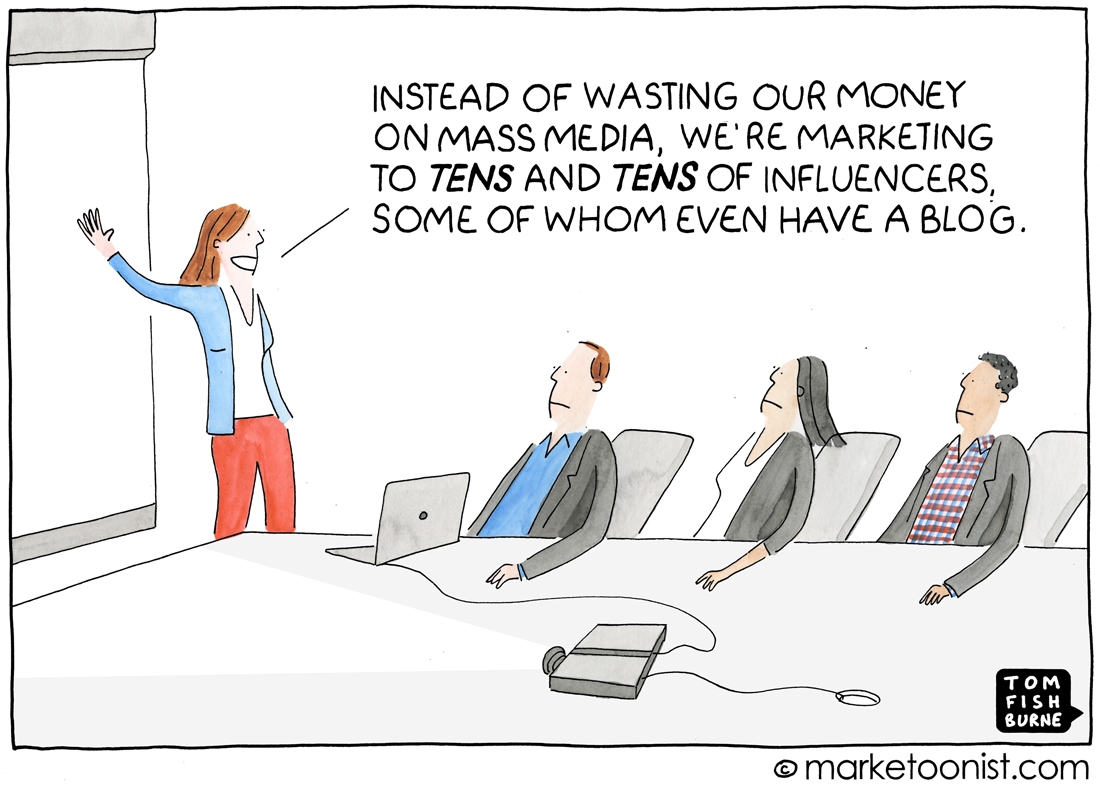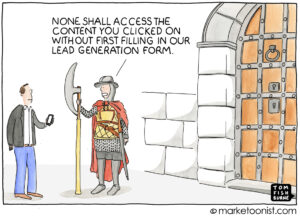Influencer marketing is all the rage, but there’s not a clear understanding of what constitutes influence.
A few years ago, I participated in an influencer event for a consumer brand. It was an expensive affair put on by the brand’s agency. There were a few dozen “influencers” there, which, it turned out, meant a collection of people with blogs and social media followings. A photographer captured it all as a glitzy brand experience. Some people blogged or shared about the event, some didn’t, and it left me wondering about the return on that investment. From the photos that were posted, it looked like a beautiful bit of marketing. From the actual impact, not so much.
Influencer is a designation with an almost magical glow to it. But not all influencers are created equal. Not everyone with a social media following is an influencer and not every influencer is a good fit for every brand. Brands should also be wary of those who refer to themselves as influencers. There’s a lot of snake oil in influencer marketing.
I like the influencer marketing approach taken by Propercorn, a British popcorn brand. They prioritize deep collaborations with small-scale influencers over shallow plugs by large ones. They recently teamed up with designer Rachel Thomas on an outdoor campaign using the designer’s custom work created for Propercorn. The campaign spanned buildings, buses, phone boxes, and sampling spaces and was a genuine collaboration for both.

Creative director Cassandra Stavrou described the Propercorn influencer marketing approach this way: “Anything we produce with influencers has to offer value and be beautiful to look at. The trick is having a bespoke approach.”
I think every brand working with influencer marketing needs to find their own bespoke approach that ties to what they’re trying to do as a business. I’d love to hear your thoughts.
Here’s a related cartoon I drew on influencer marketing a couple years ago.




Steve Cole @stevencoleuk says
I particularly like your cartoon from a couple of years ago. Unfortunately there is a lot of snake oil in ‘influencer’ marketing. But lets start with the issue of the definition. https://twitter.com/hankgreen/status/748733124838760449 I define the people we should be interested in working with as Creators.
Giving them a title that is relevant to their talent is important in my opinion, e.g. they aren’t just YouTubers and Viners, they are directors, writers, photographers etc.
There is a lot of learning to be done on this subject as too many people on both sides of the relationship aren’t getting what they want from it.
Jeff says
Tom, as always, humor provides much wisdom on the topic of influencer marketing.
Bahia Nar says
Love the old cartoon and it’s a great representation of the situation. Brands or agencies don’t choose influencer on relevant criterias, they just choose the well know or according to the audience of those influencers. They forgot that the influencer should match the brand’s dna, value and that the collaboration should bring something new to the audience or at least entertain.